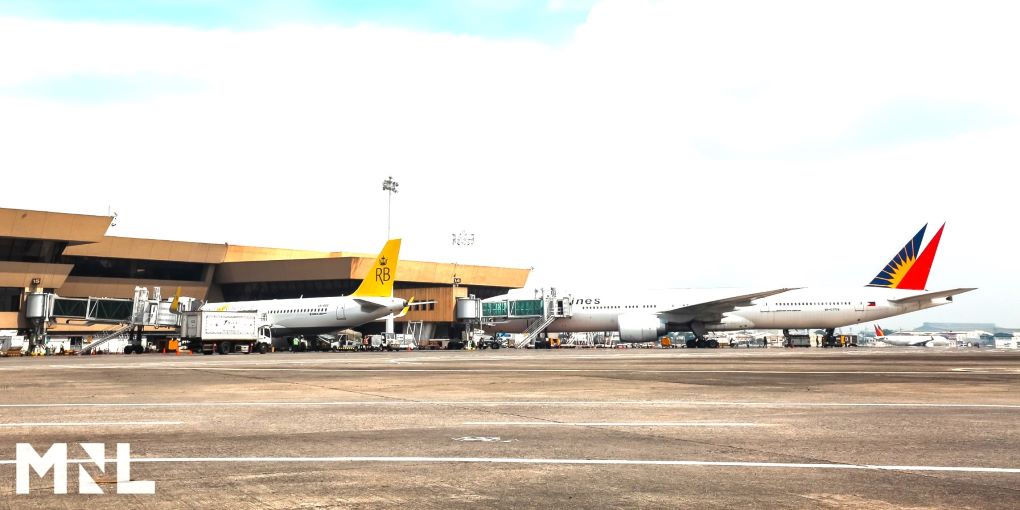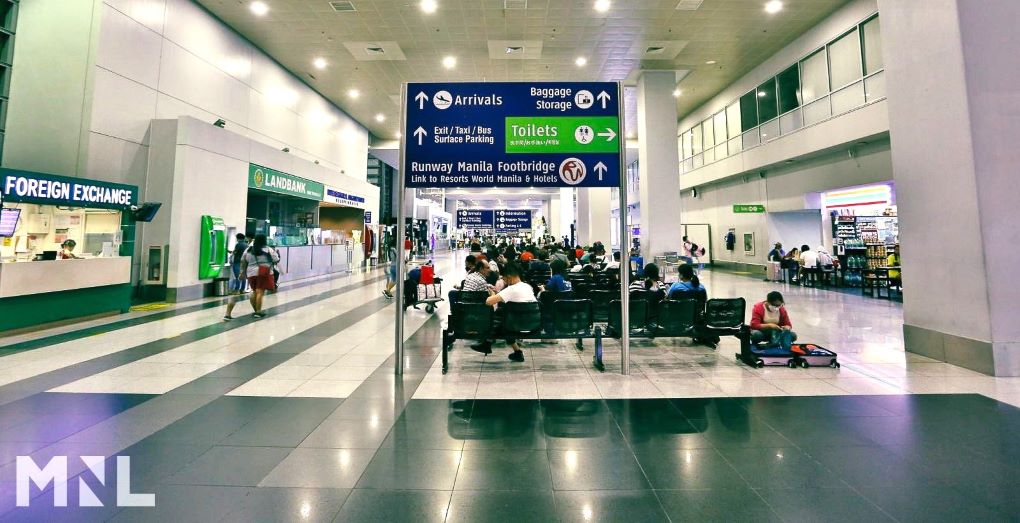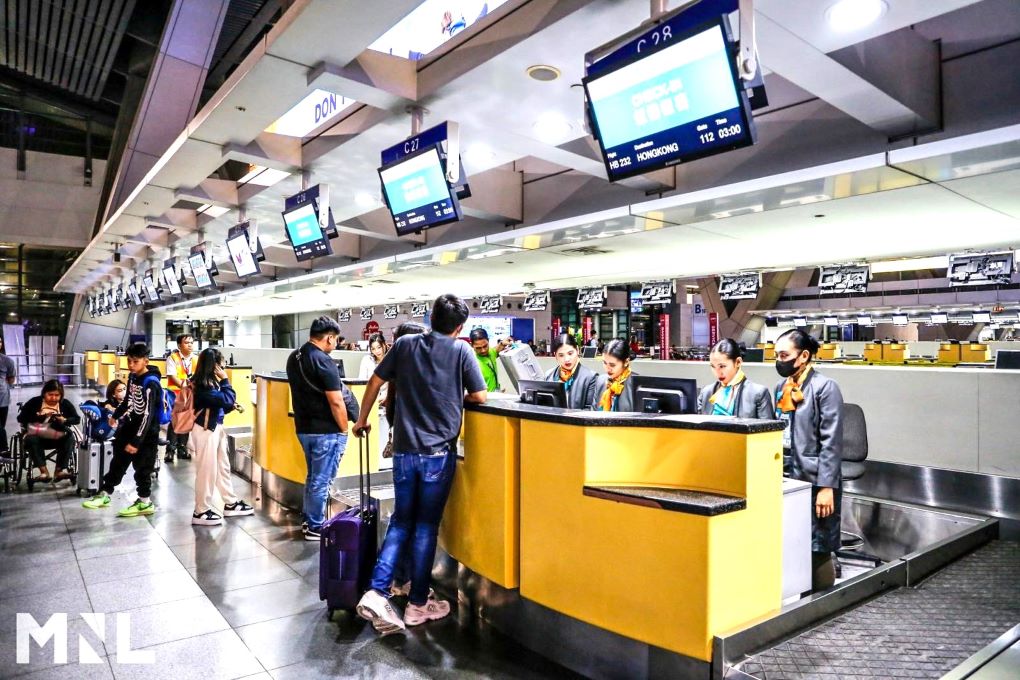
PHILIPPINES. The preferred bidder to redevelop and operate the ageing Ninoy Aquino International Airport (NAIA) in Manila is set to be announced by the Department of Transportation (DOTr) on 15 February. The signing of the concession agreement has meanwhile been scheduled for 15 March.
A consortium led by Filipino conglomerate San Miguel Corporation (SMC) emerged as the top bidder, ahead of two other groups still in the running for the hotly contested contract.
The SMC SAP & Company consortium offered the national government an 82.2% share of future gross revenues, on top of passenger service charges.
The consortium includes South Korea’s Incheon International Airport Corp, as well as locally owned firms RLW Aviation Development Inc. and RMM Asian Logistics Inc.
SMC subsidiary San Miguel Aerocity, Inc. was awarded the franchise to construct and operate Bulacan New Manila International Airport, set to become the largest travel gateway in the Philippines.
GMR Airports Consortium – a joint venture which includes India’s GMR Airports International BV, part of the group operating the Mactan-Cebu International Airport – proposed a revenue share of 33.3%.

Manila International Airport Consortium meanwhile offered 25.91% of revenue share. The group is composed of large Philippines’ conglomerates including Aboitiz InfraCapital Inc., AC Infrastructure Holdings Corp, Asia’s Emerging Dragon Corp, Alliance Global-Infracorp Development Inc, Filinvest Development Corp and JG Summit Infrastructure Holdings Corp.
According to the DOTr, all proposals will be reviewed by its Pre-Qualification Bids and Awards Committee.
The hugely ambitious redevelopment programme will increase the current airport capacity to 62 million from the current 32 million.

The project also covers a 15-year concession agreement that can be extended by another ten years. According to the DOTr, the concessionaire will be required to “rehabilitate the airport’s passenger terminals and airside facilities and develop commercial assets and utility systems”.
Part of the concession contract also includes “providing surface access facilities that enable intermodal transfer at the airport, inter-terminal passenger transfer facilities and services; connection from the Metro Manila Subway station to NAIA T3; overall upliftment and beautification of the airport; and incorporate climate change and climate adaptation measures for airfield resilience and overall sustainability of the airport”.
Manila International Airport served 45,385,987 passengers in 2023, nearly reaching the numbers registered in pre-pandemic 2019 when it handled 48 million passengers.














